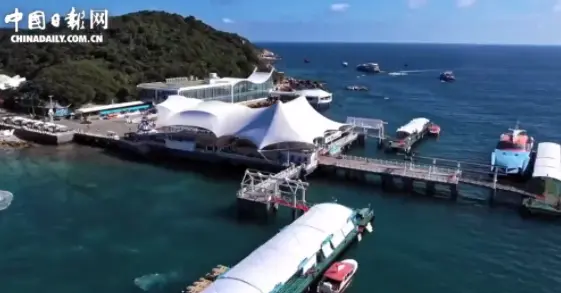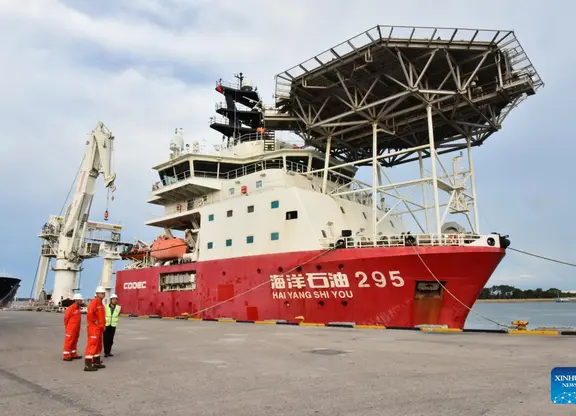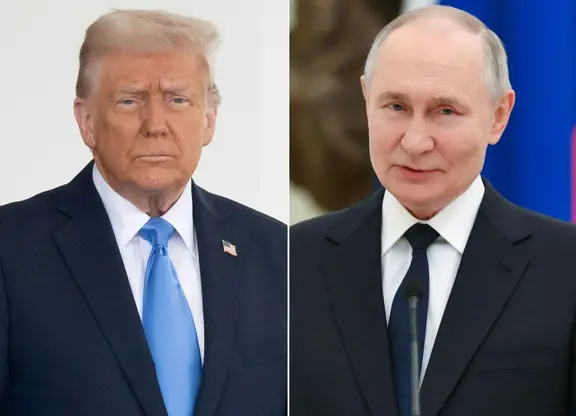Since 2016 is the outset of the “13th five-year plan” period, China’s economic trend and macro-policy orientation attract wide attention at home and abroad. An “authoritative source” recently explicitly claimed that China’s economic trend will be “L-shaped”, rather than “U-shaped”, and definitely not “V-shaped”. The “L-shaped” economic trend will last for a certain period and will not end in just one or two years. What economic signals are sent then?
Signal one: Economy will grow steadily within a reasonable range
As introduced by Cai Zhizhou, a macroeconomics researcher at Peking University, “U-shaped” economic trend refers to that economic growth declines obviously and remains sluggish for quite some time before seeing strong rebound; “V-shaped” economic trend refers to that economic growth declines obviously, but bottoms out rapidly with strong rebound; “W-shaped” economic trend actually refers to repeated occurrence of “V-shaped” economic trend; while “L-shaped” economic trend means that economic growth declines obviously and then basically maintains steady operation at certain rate.
“The judgment of “L-shaped” economic trend informs us that China’s economy will see stable growth on the whole. It will see neither strong rebound nor significant deceleration”, as remarked by Wang Jun, deputy director of the Department of Information of China Center for International Economic Exchanges (CCIEE). It is also added that the main problem faced by China’s economy is structural problem but not cyclical problem. Both the internal and external environments of China’s economy have changed since it enters new normal. It is imperative to adjust the speed of economic growth, but it cannot be accomplished at one stroke since China’s economy is beset by many difficulties and deep-seated contradictions now, while at the same time, China’s economy expects huge potential and sound flexibility.
China’s economy expands by 6.7 percent year on year in the first quarter, representing a steady beginning. China is expected to achieve an economic growth of 6.5-7 percent this year and an average annual economic growth of 6.5 percent during the “13th five-year plan” period. Past data shows that China registered a double-digit growth for the last time in 2010 and the growth fell to 9 percent in 2011. Starting from 2012, the economy experienced steady growth around 7 percent amid slow decline. The growth retreated to below 7 percent from the third quarter of 2015.
“The judgment of ‘L-shaped’ economic trend truly reflects the reality of enterprises’ operation”, indicated by Zhang Lianqi, a partner at Ruihua Certified Public Accountants, who carried out inspections in multiple enterprises in recent period. As investment in domestic infrastructure and etc. and the prices of international bulk commodities pick up, the production and operation of some enterprises take a turn for the better. But on the whole, the pressure brought by increasing cost and declining prices to enterprises is not alleviated at all.
“L-shaped” economic trend does not mean that the economy will grow at a fixed rate in the future. Experts believe that China’s economy will see stable growth within a reasonable range on the whole, but it must be mentally prepared that small fluctuations are unavoidable in the short run.
Signal two: Macro-policies will remain stable
“Never get overjoyed or be seized with panic due to temporary data. Macro-policies should be stable since stable policies can send expected clear signal to the market and provide necessary policy support for making progress while working to keep economic performance stable”, as indicated by Zhang Liqun, a macro-economy researcher with the Development Research Center of the State Council.
As to the macroeconomic policies, the central government has made clear arrangement. The Political Bureau of the Central Committee of the CPC on April 29 held a conference stressing following the general guidelines that macro-policies should be stable, industrial policies targeted, micro policies flexible, reform policies practical, and that social policies should ensure basic needs. It should be insisted to achieve an appropriate expansion of aggregate demand, continue to implement proactive fiscal policy and prudent monetary policy, and stand firm on advancing supply-side structural reform.
The executive report of monetary policy recently released by the central bank proposes to continue to carry out prudent monetary policy, which should be flexible and moderate but adjustable at the right moment, intensify pertinence and validity of the policy and do well in the total demand management which should be suitable with supply-side structural reform.
“We need moderate demand management to prevent economy from stalling, but it cannot be interpreted as new stimulus; otherwise, it will lead to repeated adjustment of economic structure. Therefore, we need to release clear signals that macro-policy keeps stability and continuity to avoid misinterpretation”, said Zeng Gang, a banking researcher with the Chinese Academy of Social Sciences.
Signal three: promoting supply-side structural reform
The L-shaped economic trend prediction is actually warning us that the solution to China’s economy must be to unswervingly promote supply-side structural reform.
With steel prices moving up recently, some outdated iron and steel capacity itches to have a try. The iron and steel industry faces tests in de-capacity.
“Although the steel prices go up currently, prices of raw materials and fuel surge higher, making the situation difficult. The “L-shaped” trend prediction reminds the steel industry that only by firmly reducing capacity and costs can it adapt to the new normal and improve benefit.” said Gan Guiping, general manager from Guangxi Liuzhou Iron and Steel Group Co., Ltd. As the biggest iron and steel complex in Southwest China, Liuzhou Iron and Steel Group sticks to adjusting structure and lowering costs. It gains profits with more than 80 million yuan in the first quarter this year, becoming one of the few profit-making enterprises in iron and steel industry in China.
Zhang Liqun stated that the “L-shaped” economic trend actually imposes certain pressure on supply-side structural reform. Because adjusting structure is painful, there won’t be impetus for structural adjustment if enterprises are too comfortable amid rapid growth; but if the enterprises are knocked down by difficulties, there will be no major forces for structural adjustment. But the “L-shaped” trend on the one hand keeps stable and necessary economic growth, enabling enterprises to have enough financial resources to join in the structural adjustment, and on the other hand, it weighs on enterprises and drives them to better themselves.
Each task of cutting overcapacity and excess inventory, deleveraging, reducing costs, and strengthening points of weakness is rather tough and needs great efforts and cost. This requires giving full play to the decisive effect of market resources allocation to realize survival of the fittest among fierce competitions; governments at all levels should actively play a leading role to offer help and supports to those enterprises which are faced with difficulties but are qualified.
Completing ninety percent of your journey is still only half done. The structural reform has just kicked off. Zhang Liqun and other experts emphasized that under the background of stabilizing macro-policy and economic growth, the country should make concentrated efforts to advance the supply-side structural reform so as to build new “engine” for China to cross “middle-income trap” and achieve a leap in quality and benefit.
(XINHUA FINANCE)
 简体中文
简体中文






